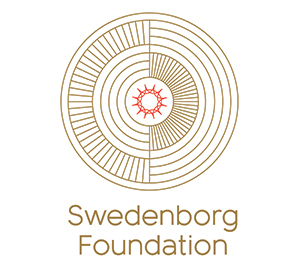Swedenborg Foundation Publishers
Swedenborg, Mesmer, and the Mind/Body Connection
The Roots of Complementary Medicine
Distributed for Swedenborg Foundation Publishers
Swedenborg, Mesmer, and the Mind/Body Connection
The Roots of Complementary Medicine
Complementary and alternative healing encompass a wide range of practices that share a common ground: the belief that our physical well-being is inextricably linked to an unseen world beyond our physical senses. Our view of that world can be traced to two key thinkers: Emanuel Swedenborg and Franz Anton Mesmer.
Who were these men, and what shaped their thought? How did their ideas capture the public imagination? How did they speak to movements as diverse as utopianism, Spiritualism, psychic healing, and homeopathy? Historian John S. Haller traces the threads of Swedenborg’s and Mesmer’s influence through the history of nineteenth-century medicine, illuminating the lasting impact these men have had on concepts of alternative healing.
Excerpt
A short step in any direction from Western science’s reductionist approach to knowledge is a meditative world that includes ghosts, demons, angels, saints, divinely inspired dreams, remote viewing, electromagnetic fields, distant healing, and a host of psychic phenomena and occult activities that defy the epistemological tools of “normal” science. Starting with the Kabbalah in Jewish mysticism and continuing through the apocalyptic literature of the pre-Christian era, Gnostic cosmology, and German pietism, to name but a few, there have been centuries of challenges to conventional thinking regarding mind-matter interaction that operates beyond the ordinary senses. As a generally accepted theory of knowing, this meditative world first fell in arrears as Baconian empiricism cast a long shadow over the acceptance of paranormal events. Hastened along by Descartes’s view of life as automata, the emergence of the empirical sciences during the Enlightenment, the mechanical triumphs of the Industrial Revolution, and later by Darwin’s dysteleology, this rationalist worldview found itself challenged by a universe whose existence and complexity demanded neither a designer nor a purpose. The product of chance, Earth plied the ether with blind indifference to the thoughts, hopes, and feelings of its myriad of creatures. Yet “God,” “immortality,” “duty,” and “judgment” were earnestly sought by those who objected to the cold indifference of the night sky. From Emanuel Swedenborg’s visions and Franz Anton Mesmer’s magnetic fluid to Walter J. Kilner’s human auras, Ralph Waldo Trine’s thought forms, Charles W. Leadbeater’s chakras, and Barbara Brennan’s High Sense Perception, a more mystical worldview remains an integral part of mankind’s perceptual set.

